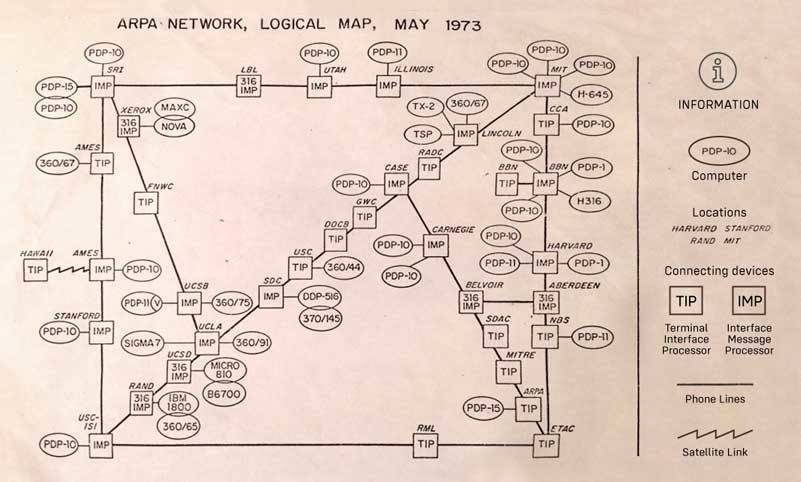By Morf Morford
Tacoma Daily Index
Someone broke the internet…
Most of us have never heard of Fastly, an American cloud computing services provider.
They are one of the many, and crucial, links of providers and services that make the internet work.
The reality is that most of us have no reason to know, or even care about the plethora of companies, providers and subcontractors that make our streaming, work and basic communications possible.
Until something happens.
As it did on June 8th.
If you were a user of Reddit, Amazon, Twitch, CNN, The New York Times, BBC, PayPal, HBO Max, Hulu, and dozens of other online services, you saw, in place of what you were expecting, a series of error messages.
Besides being a threat to our communications network system, a refuge, if not distractions, in a challenging year and a lifeline for many of us, the irony of a collapse of the internet, however temporary, if you know the history and original purpose of the internet could not be more obvious.
The internet as we know it today emerged from DARPA (Defense Advanced Research Projects Agency) back in the late 1950s.
The premise was straight out of a Cold War, Dr. Strangelove, paranoid, mutually-assured-destruction dystopian novel or grainy black and white post World War II newsreel.
Assuming global nuclear war, and the destruction and collapse of the traditional communication systems (back then based on a backbone of copper wires and transmitters) how could any of us, business, government agencies or individuals communicate on any level at all.
The answer was a set of wireless “nodes” connecting universities, military bases and urban centers above and beyond the then-existing “wired” system.
DARPA also developed the precursors of drones and digital assistants, speech recognition and touch-screen displays and is currently working on technology to shrink mini robots into a size smaller than a human fingertip, hoping they could save lives during recovery efforts by detecting signs of life underneath the rubble of collapsed buildings.
We can also thank DARPA for the development of artificial intelligence, machine intelligence and semi-autonomous systems that lie behind every screen.
And if you think self-driving cars are the future, consider self-directed “smart” drones the size of a large insect that can steer around obstacles and avoid detection.
In short, the foundational premise of the internet was to survive – to be a resilient response – to a catastrophic experience, national or international, whether natural or man-made.
Central to this idea was the principle of decentralization.
Instead of one, or even a few, core operational centers, the “web” with its hundreds, if not thousands of “nodes” could, if one or two or ten were destroyed or disabled, bypass them and still continue.
The internet was seen as not just a network, but a network of networks.
The internet was seen as convergence of two of the dominant technologies of the time – telephone and radio.
For those who have encountered, or even nourished fears and fantasies of the “Singularity”, the convergence of technology and humanity, you might consider the 1960 classic article “Man-Computer Symbiosis” by Joseph Licklider.
The first ARPANET transmission was between UCLA and Stanford Research Institute in Menlo Park, on October 29, 1969.
Twelve years after the first message was transmitted on the ARPANET, there were still only 213 computers on the network.
By the 2020s the modern internet has 1.94 billion websites and over 4 billion internet users globally, resembling a digital, human-created universe.
In 1989, the ARPANET (the ARPA Network) was formally ended. But the larger Internet as we know it now, that ARPANET had given birth to, was just beginning.
*******
Fun fact: The first international internet contact (outside of the USA) was with Norway.
********
Most of us as users think of the internet as a secure, relatively private, reliable and environmentally benign, near magical service.
In reality, it is none of those things.
Our privacy (some say our autonomy) is long gone. The web is anything but secure and stable and “the cloud” is not a benign amorphous fluffy, floating structure above us – it is an energy intensive server-farm out in the desert somewhere.
As June 8th showed us, the “web”, designed to be resilient if not untouchable, is in fact vulnerable to a degree and in ways unimaginable to those who so carefully and deliberately set it up.
It’s not just meat factories or energy grids that are vulnerable, the web itself is a moving target susceptible to any malicious criminal or enemy attack.
Much more than Hulu or NetFlix is at stake.





